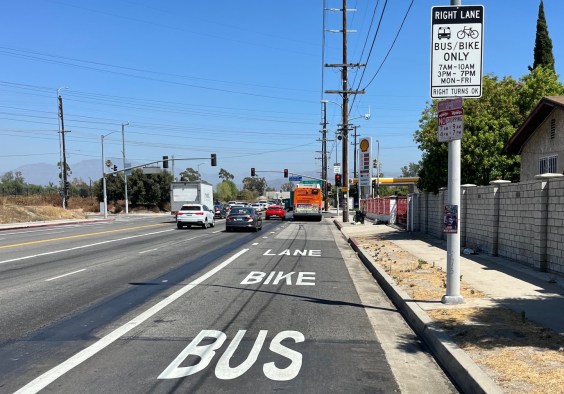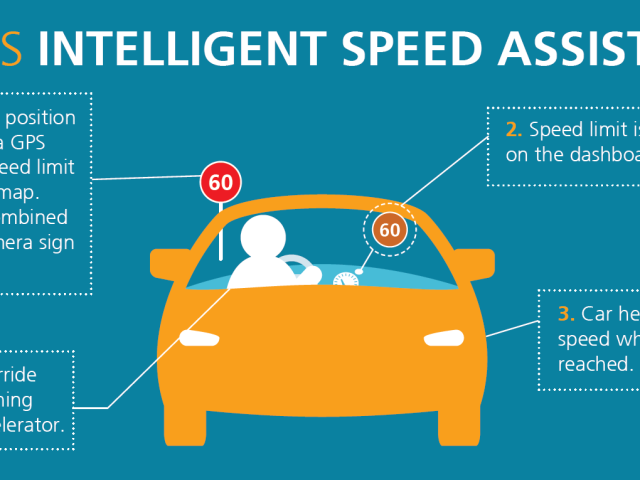Join us at the virtual Shared Mobility Summit on May 5-6 for powerful plenary speakers, hyper-relevant sessions, small-group discussions, a virtual Startup Spotlight, a virtual expo, and a hosted reception. We’ll address how transit and shared mobility can respond and recover from COVID-19 and work for everyone. REGISTER TODAY.
New stats suggest that walking is down in cities during COVID-19 — but actually, the data only proves that we have nowhere near the hard data we need to fight for better streets for walkers.
Last week, several media outlets jumped on a recent report by Apple Maps, which appeared to reveal shocking "mobility trends" in the era of social distancing. Some outlets thought the data illustrated that pedestrians had been "stopped in their tracks," citing Apple's claim of a 65-percent reduction in walking, and an 81-percent drop in cities like New York. Others argued that cities that didn't experience such steep drop-offs, like Houston, should consider tightening lockdown measures to keep pedestrians off the streets even more.
But here's the thing: the only "mobility trend" Apple measured is how many requests for directions Apple Maps is getting, compared to a January baseline. That's a very different metric than how much people are actually moving around — especially when it comes to pedestrian movement during COVID-19. And all it highlights is a real need for better pedestrian data collection now.
Why Apple Maps can't stand in for real traffic studies
Simply put, there's virtually no data available yet on how walkers are using our streets during this unprecedented time — because good data about pedestrian movement is virtually never collected in American cities, at least compared to the sheer billions we spend on collecting traffic data on cars. (More on that later.)
But let's get something out of the way first: if common sense is any indication, this Apple Maps data is a pretty poor stand-in for real, meaningful studies of walking behaviors in our places, especially in this extremely unique historical moment.
Let's state the obvious: nearly all American cities are still shut down. And that means next to no one is looking up walking directions to that cool new movie theater in their town that just opened the next neighborhood over. Tourism, of course, is at a virtual standstill as well — which means no clueless visitors looking up the walking route to Times Square, even if it's literally within their immediate line of sight.
But that doesn't mean that we aren't walking to places to which we don't need directions, like the corner grocery store we've visited for years — if we're lucky enough to live in a city that still has corner grocery stores — or on a recreational walk with no particular destination in mind. And that's to say nothing of essential workers — a group that disproportionately resides in communities of color — who are doing the same foot-powered commute they've done thousands fo times before. A drop in foot-powered travel for which we need turn-by-turn guidance is not the same thing as a drop in walking travel altogether.
Is walking actually up?
Moreover, other data points suggest that walking activity might actually be up.
Cycling and walking on New York's bridges famously skyrocketed 52 percent shortly after the city went under lockdown; the Rails to Trails conservancy estimated a 200 percent surge on the nation's trail system around the same time.
The anecdotal data is even stronger. Ask any long-time pedestrians who've observed the state of our sidewalks both before and after the lockdown, and we'll tell you: a whole lot of our cabin-fevered neighbors who we've never seen pounding the pavement before early March have suddenly made walking a part of their daily mental health routine.
And if human observation doesn't sway you, try canine: veterinarians are reporting vast changes in pet behavior that are leading them to speculate that the nation's dogs are being thrown into a state of constant high alert because there's so much more pedestrian action outside their windows right now.
The problem is, discrete data points and anecdotes like these don't provide nearly a cohesive enough picture of how much we're walking during the COVID-19 pandemic — much less what walkers need most urgently in the way of infrastructure to stay safe. And that was a problem long before the outbreak, too.
How to get better pedestrian data
So, okay: we get why media outlets are glomming onto Apple's mobility trends report to understand how much people are (or aren't) walking during this pandemic. Because besides grasping at this particular straw, journalists and advocates don't really have much in the way of hard statistics about pedestrian movement — and without it, it's hard to lobby data-minded policymakers to do better.
As states pour billions into traffic studies of car activity to justify auto-oriented road projects, pedestrian counts are still largely done by volunteers at bike/walk non-profits with no more equipment than a paper and pen. Moving pedestrians safely is rarely the focus of our road planning efforts — it's an afterthought, and at best, a way to "complete" a street whose primary purpose is to move cars safely. There are technical reasons why pedestrian data is hard to come by, but apathy plays a strong role, too — especially because adding a sidewalk just isn't as good for the GDP as building a new highway interchange.
But that doesn't mean that there's nothing we can do — or even nothing that companies like Apple themselves can do.
After all, big data has been quietly revolutionizing the traffic study industry for years. As Streetsblog has explored before, using strictly anonymized cell phone GPS data is already an inexpensive, accurate and potentially game-changing way to measure movement across all modes — especially for people traveling on foot. That GPS data, by the way, likely runs in the backgrounds of many of the apps on your phone — not just navigation apps that you authorize to give you directions. The industry is relatively young, untrusted by the public, and clouded by privacy and equity concerns, but there's heartening evidence that Big Data will address these concerns in the public eye with time — so soon, we won't have to rely on Apple Maps to give us an incomplete picture of who's out there walking around.
In the meantime, let's spread the word: no, walking rates are almost certainly not down to historic lows in the United States during the pandemic. It's probably up in many cities. And if we're smart, we'll seize this moment to make even more space for our growing legions of walkers while the cars are largely stalled — and start compiling better data to bolster of our efforts.






